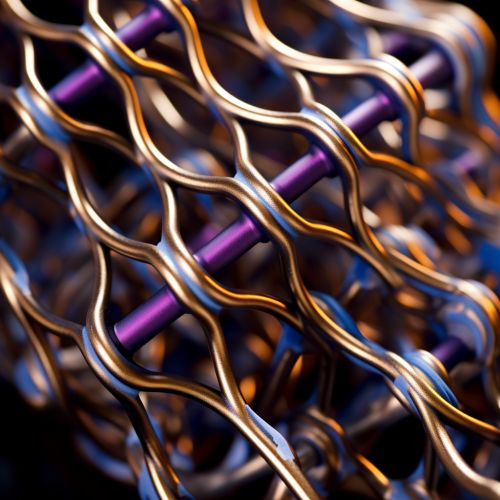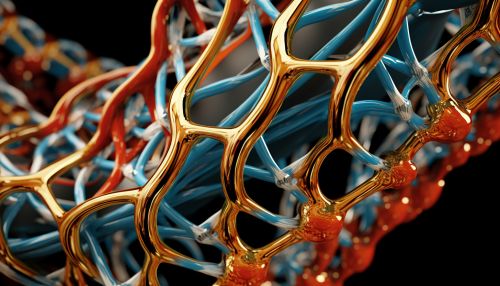HAT2
Overview
HAT2, also known as Histone Acetyltransferase 2, is a protein that in humans is encoded by the HAT2 gene. It is a member of the histone acetyltransferase (HAT) family, which is involved in the regulation of gene expression through modification of chromatin structure.


Function
HAT2 is a catalytic subunit of the NuA4 histone acetyltransferase complex (NuA4 HAT complex) that acetylates histone proteins, specifically histone H4 and histone H2A. This acetylation process is critical for transcription activation, DNA repair, and DNA replication.
Structure
The HAT2 protein is composed of multiple protein domains, including a catalytic domain that carries out the acetylation reaction. This domain is highly conserved among HAT proteins, indicating its critical role in the function of these enzymes.
Biological Role
HAT2 plays a crucial role in several biological processes. It is involved in the regulation of gene expression, which is critical for cell differentiation, cell cycle progression, and apoptosis. Additionally, HAT2 is involved in DNA repair, a process that maintains the integrity of the genome and prevents the accumulation of mutations that can lead to diseases such as cancer.
Clinical Significance
Alterations in the function or expression of HAT2 have been implicated in several human diseases, including cancer. Overexpression of HAT2 has been observed in several types of cancer, suggesting that it may play a role in oncogenesis. Additionally, mutations in the HAT2 gene have been associated with neurodegenerative diseases, highlighting the importance of this gene in maintaining normal cellular function.
Research
Research into the function and regulation of HAT2 is ongoing, with the aim of understanding its role in disease and developing potential therapeutic strategies. Studies have focused on understanding the molecular mechanisms by which HAT2 regulates gene expression and contributes to disease progression.
